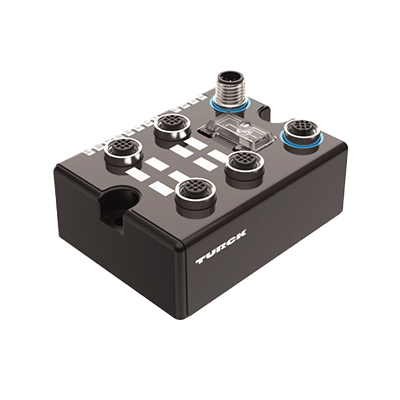What Are Fieldbus Components?
 Fieldbus Components are a bus system that connects field devices, such as sensors and actuators with controllers such as PLCs and DCSs in factories and plants through digital communication.
Fieldbus Components are a bus system that connects field devices, such as sensors and actuators with controllers such as PLCs and DCSs in factories and plants through digital communication.
By using Fieldbus Components, wiring can be omitted, the amount of data can be increased, and the system is more resistant to noise than conventional analog or parallel signals. It also makes it possible to perform self-diagnosis and change settings of field devices remotely.
There are various types of fieldbuses, with PROFIBUS, CANopen, and AS-i being typical examples.
Uses of Fieldbus Components
Due to their versatility and efficiency, Fieldbus Components are used in a wide variety of industries, especially in manufacturing. It is an important tool for cost reduction, efficiency, and optimization.
1. Manufacturing Industry
Process control and monitoring are key elements in manufacturing. Fieldbus Components enable process automation and efficiency by linking devices such as sensors and actuators in a unified communication platform.
2. Process Control
In process control in chemical plants and refineries, Fieldbus Components monitor process variables such as temperature, pressure, and flow in real time and make the necessary adjustments to maintain optimal conditions.
3. Automation
In building and infrastructure automation, Fieldbus Components integrate a wide variety of devices such as lighting, heating and cooling, and safety systems into a single network. This allows operators to monitor and control all systems from a central location.
4. Automotive Manufacturing
In automotive manufacturing, Fieldbus Components link stations on the production line, aggregating data from actuators and sensors and enabling precise coordination between stations.
Fieldbus Components Principle
In a nutshell, the principle of Fieldbus Components is information sharing between devices using digital communication. Fieldbus Components are used in a variety of fields, including manufacturing and process control due to the following characteristics:
1. Multi-Drop
Fieldbus Components are a communication network that connects various devices in a factory or plant with a single cable. This allows each device to send and receive data over a single fieldbus cable without the need for separate connecting cables. This is also called digital multi-drop technology and allows multiple devices to share the same communication line.
2. Communication Protocol
Fieldbus Components use a communication protocol. A communication protocol is a set of rules that govern how data is sent and received. Fieldbus Components follow these rules to exchange information between devices. This allows any device to be compatible with any other device and ensures accurate transmission of information.
3. Real-Time Performance
Another important principle of Fieldbus Components is real-time capability. In factory and plant operations, information must be transmitted quickly and accurately. Fieldbus Components accomplish this by transmitting and receiving data in real time.
For example, data from sensors can be immediately sent to the control system, enabling the system to react quickly, for example, to move actuators as needed.
Additional Information on Fieldbus Components
Differences Between Fieldbus Components and Industrial Ethernet
Factory networks are classified into information networks, controller-to-controller networks, and field networks. Industrial Ethernet is used for controller-to-controller networks, while Fieldbus Components are used for field networks.
In 2017, the number of industrial Ethernet installations reversed the number of Fieldbus Components installations. The factory-wide IT initiative, Industry 4.0, which was proposed in Germany, is beginning to be realized.